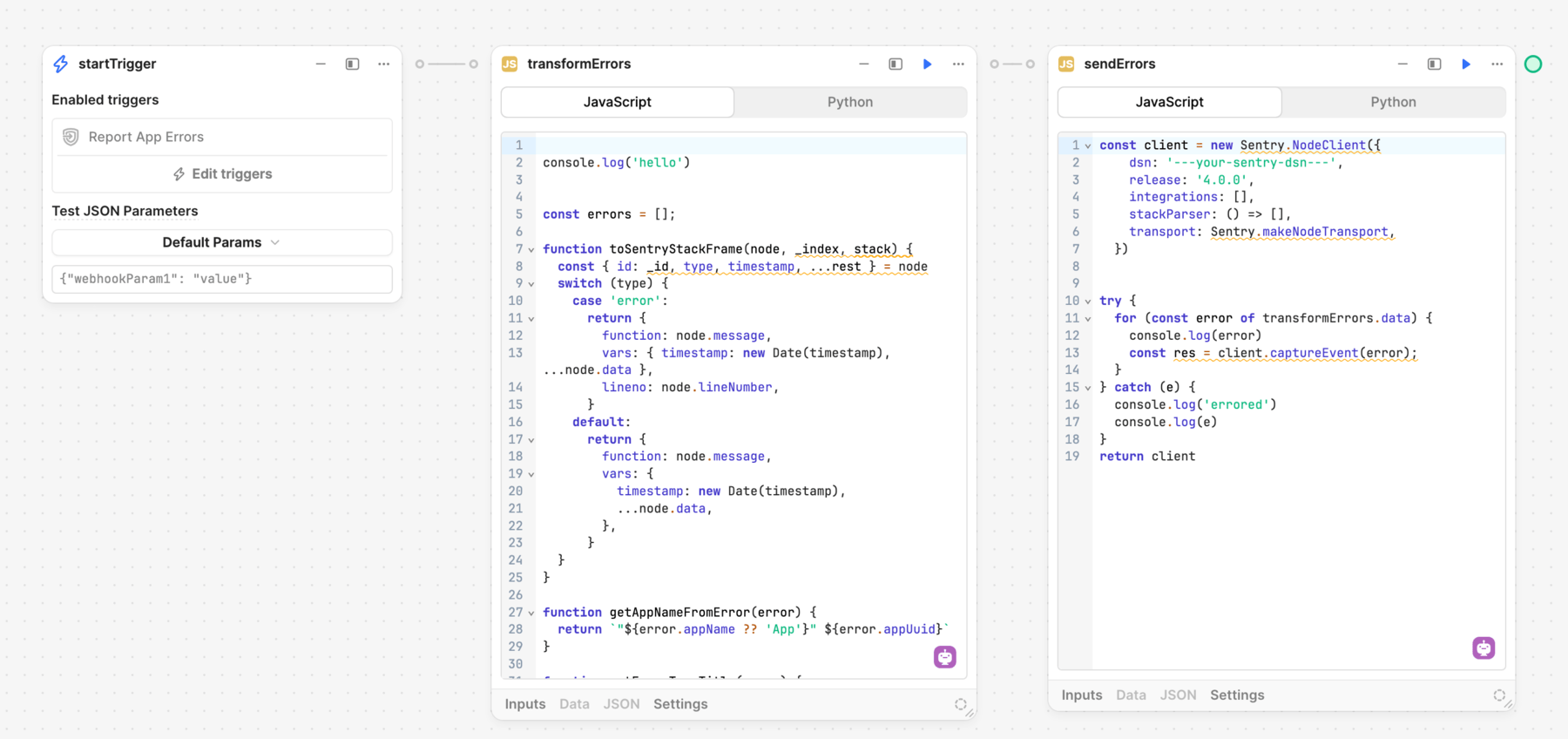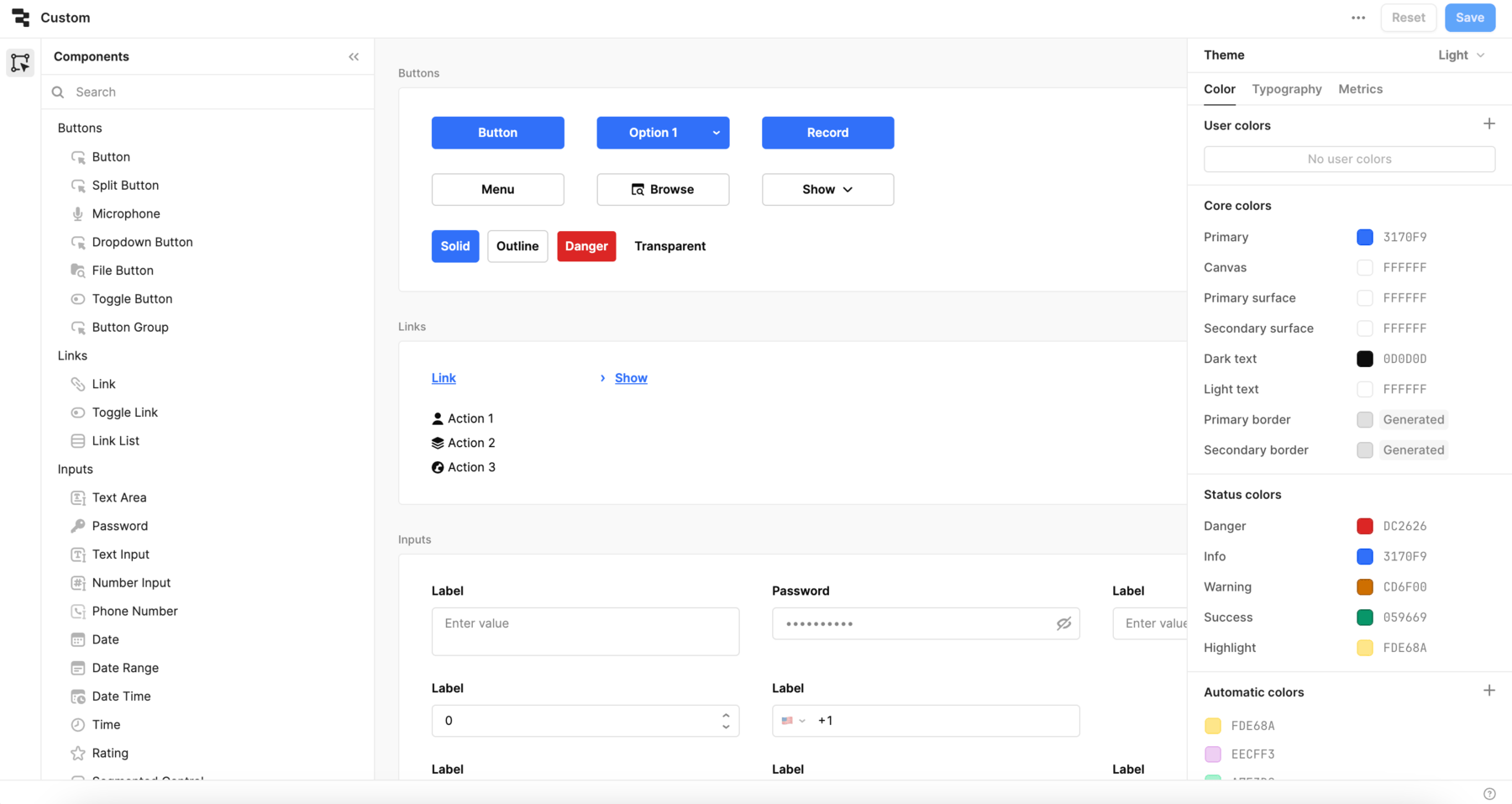Copy queries across multipage apps
You can now copy a query from one multipage app and paste it into another. Right-click on a query and select Copy then navigate or switch to a tab with another multipage app. You can paste the copied query as either a globally scoped or page-scoped query by right-clicking in the Code panel.


